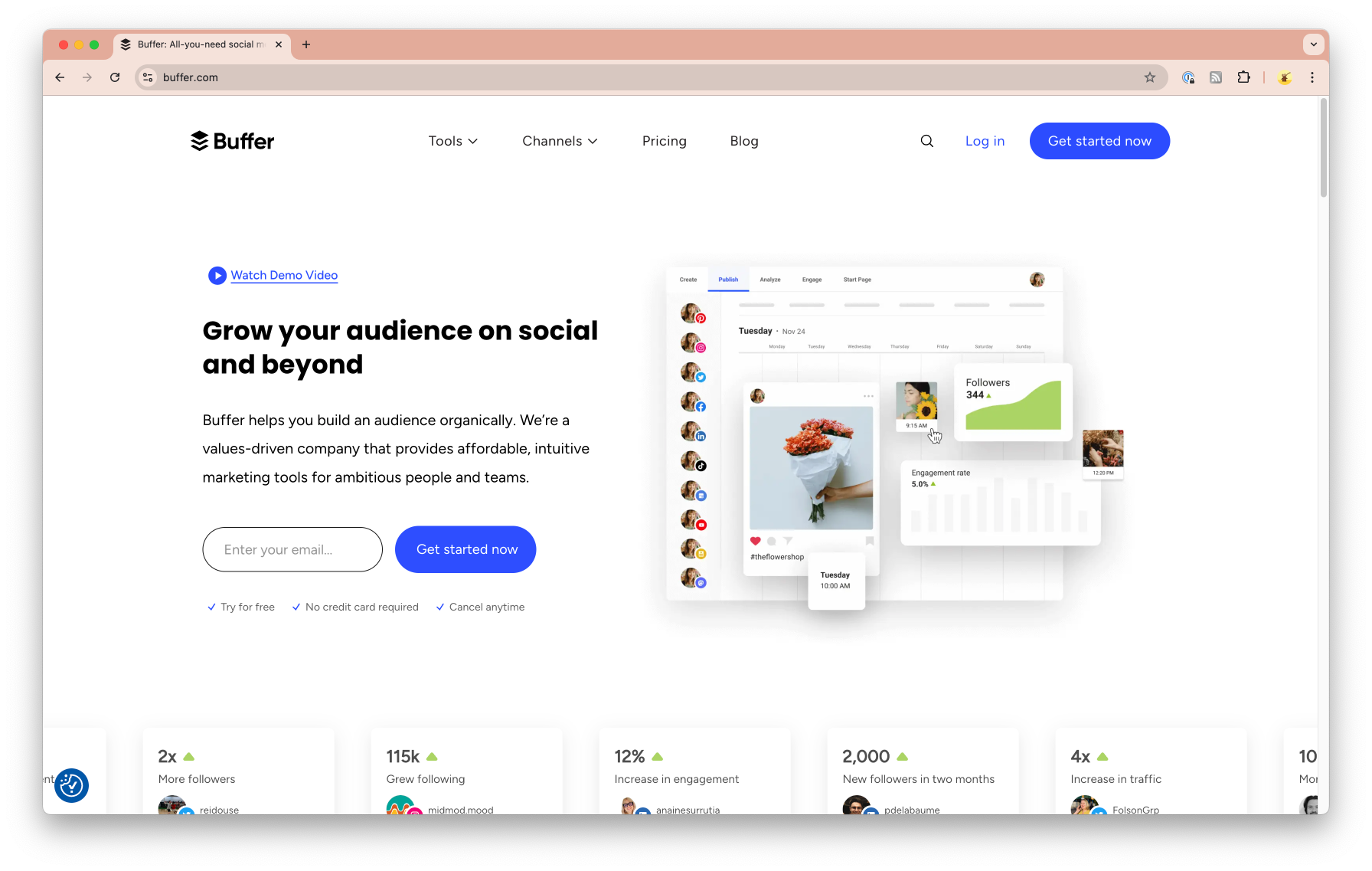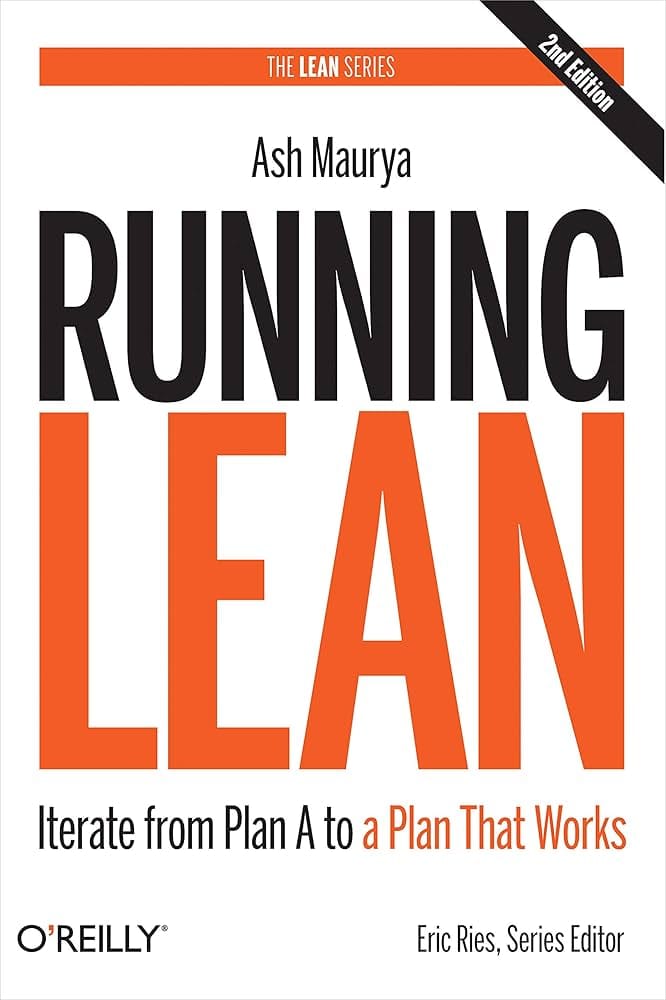Tools of the Trade: The Lean Canvas

Welcome to the first edition of Tools of the Trade, where we dive deep into the essential tools and methodologies that can help turn your startup ideas into reality. This week, we’re focusing on one of the most powerful tools for early-stage startups: The Lean Canvas.
Plus, don’t miss our curated resources at the end—templates and books to help you master the Lean Canvas and take your startup to the next level.
What is The Lean Canvas?
The Lean Canvas is a one-page business plan template that helps you quickly outline your startup idea, focusing on the key elements that determine its success. Unlike traditional business plans, the Lean Canvas is designed to be concise, actionable, and easy to update as you iterate on your idea.
Studies also show that startups using Lean Canvas are 300% more likely to raise funding and have a 250% higher chance of achieving product-market fit (Startup Genome, 2022). Not bad, right?
Why It’s Essential for Startups:
- Clarity and Focus: The Lean Canvas forces you to distill your idea into its most critical components, helping you focus on what truly matters.
- Speed: It allows you to quickly iterate on your idea, making adjustments as you gather feedback and validate assumptions.
- Communication: It’s an excellent tool for communicating your vision to potential partners, investors, and team members.
Breaking Down the Lean Canvas:
Let’s walk through each section of the Lean Canvas and how you can use it to strengthen your startup idea:
- Problem: Identify the top three problems your target customers face. Understanding the problem is the foundation of your startup’s success. Example prompt: What are the top three frustrations your target customers face in their daily lives or work?
- Existing Alternatives: Identify the current solutions or competitors in the market. Understanding what’s already out there helps you position your startup effectively and highlight your unique value proposition.
- Solution: Outline your proposed solution to the identified problems. This should be a high-level description of your product or service.
- Key Metrics: Define the key performance indicators that will help you track your startup’s progress.
- Unique Value Proposition: What sets your solution apart from others? This is where you define the unique value your startup brings to the market.
- High-Level Concept: Summarize your startup idea in a clear, concise statement that captures its essence. Think of this as your elevator pitch.
- Unfair Advantage: What makes your startup hard to copy? This could be proprietary technology, a unique partnership, or your team’s expertise.
- Channels: How will you reach your customers? Identify the best marketing and distribution channels to connect with your audience.
- Customer Segments: Define your target audience. Who are the customers that are experiencing these problems? Being specific here helps in tailoring your solution effectively.
- Early Adopters: Identify the initial group of customers who are most likely to use your product first. Early adopters are crucial for gaining traction and refining your offering based on feedback.
- Cost Structure: What are the costs associated with your startup? Understanding your costs will help in budgeting and pricing decisions.
- Revenue Streams: Determine how your startup will make money. This could be through direct sales, subscriptions, licensing, etc.
Case Study: Buffer

Buffer started as a simple idea: a tool to schedule tweets. Joel Gascoigne, the founder, used the Lean Canvas to outline the key components of his startup, focusing on solving the problem of managing social media posts effectively.
- Problem: Social media users struggled to consistently share content throughout the day without spending all their time on platforms.
- Existing Alternatives: Before Buffer, users either manually posted on social media or used complex, enterprise-level tools that weren’t user-friendly for individuals or small businesses.
- Solution: Buffer offered a straightforward interface where users could queue up posts to be published at optimal times.
- Key Metrics: Buffer focused on user growth, engagement (how often users scheduled posts), and conversion rates from free to paid plans.
- Unique Value Proposition: A simple tool that allows users to schedule posts across multiple social media platforms, saving time and ensuring a consistent online presence.
- High-Level Concept: "A simple, user-friendly tool for scheduling social media posts."
- Unfair Advantage: Buffer’s transparent culture, combined with their commitment to user feedback, created a strong community of early adopters who became advocates for the brand.
- Channels: Buffer leveraged content marketing, blogging, and social media to reach its audience, gaining traction through Joel’s transparency about the startup journey.
- Customer Segments: Early adopters of social media, bloggers, and small businesses looking to maintain an active online presence without dedicating too much time to it.
- Early Adopters: Social media enthusiasts and small businesses who needed an easy solution for managing their online presence.
- Cost Structure: Initial costs included development, hosting, and marketing. Buffer kept costs low by building a minimal viable product (MVP) and iterating based on user feedback.
- Revenue Streams: Buffer started with a freemium model, offering basic features for free and premium features at a cost.
Outcome: By using the Lean Canvas, Buffer was able to stay focused on solving a specific problem for a defined audience. This clarity helped them grow quickly, secure funding, and expand their product offerings beyond just Twitter scheduling to include multiple social media platforms.
Key Takeaway: Buffer's success demonstrates how the Lean Canvas can help startups stay focused on solving a specific problem for a defined audience, leading to rapid growth and market traction.
Pro Tips for Using The Lean Canvas:
- Iterate Often: Don’t treat your Lean Canvas as a static document. Update it regularly as you learn more about your market and customers.
- Use It as a Discussion Tool: Bring your Lean Canvas to meetings with potential co-founders, advisors, or investors. It’s a great way to spark meaningful conversations.
- Compare Versions: As your idea evolves, compare different versions of your Lean Canvas to see how your thinking has progressed.
- Time Management: Aim to spend no more than 15-20 minutes on each section initially. The goal is to capture your current thinking quickly, not to perfect every detail.
Recommended Resources:
Stay tuned for our next edition, where we’ll dive into another essential tool: Customer Journey Mapping. Whether you’re just starting out or looking to refine your strategy, these tools can make a world of difference.
Stay curious and keep innovating,
Steve

Member discussion